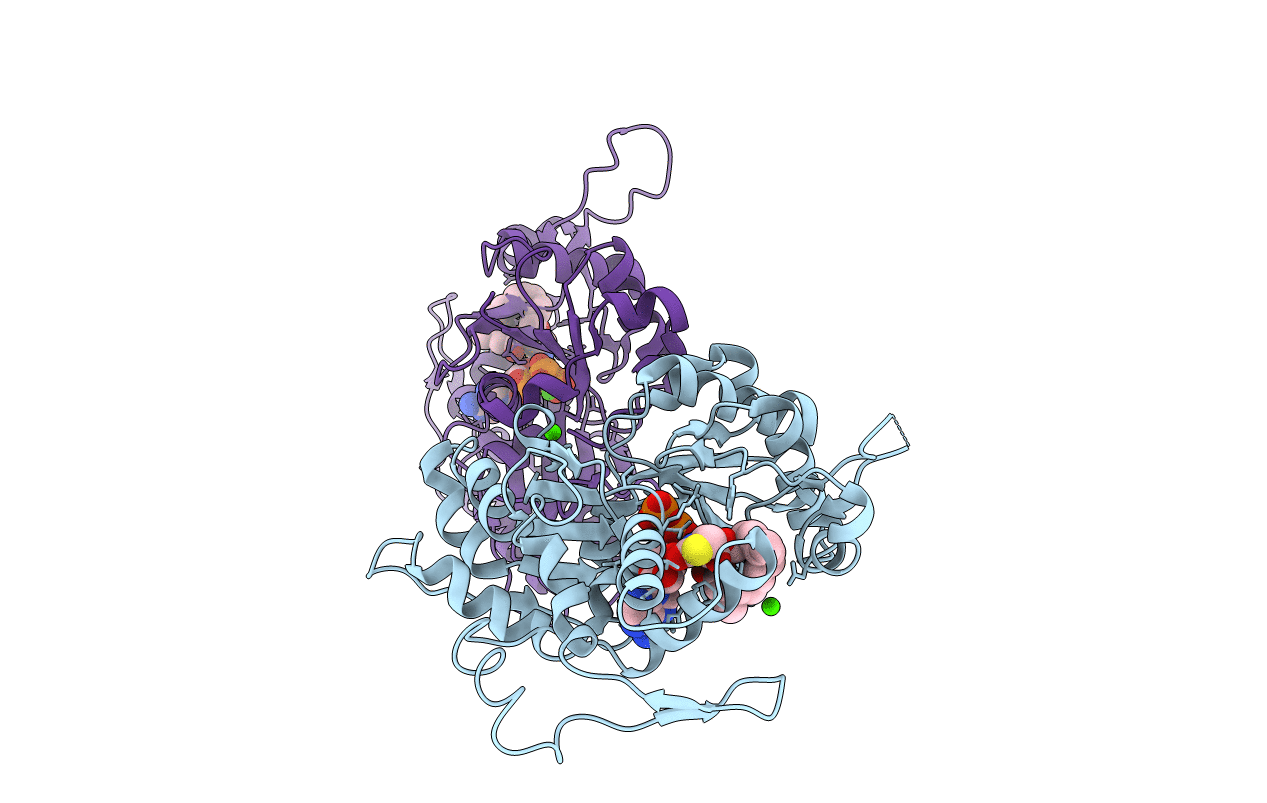
Deposition Date
2002-04-06
Release Date
2002-05-01
Last Version Date
2024-10-16
Entry Detail
PDB ID:
1LCU
Keywords:
Title:
Polylysine Induces an Antiparallel Actin Dimer that Nucleates Filament Assembly: Crystal Structure at 3.5 A Resolution
Biological Source:
Source Organism:
Oryctolagus cuniculus (Taxon ID: 9986)
Method Details:
Experimental Method:
Resolution:
3.50 Å
R-Value Free:
0.26
R-Value Work:
0.19
Space Group:
P 21 21 21


